
Off-season bamboo cultivation
On rainy days, in the lush green garden, Mr. Tam and his wife are busy cutting plump bamboo shoots to sell to Ma Lam market in time. Bamboo shoots are not plentiful even though it is in season, because his bamboo garden is being cared for in the direction of harvesting off-season when the market is short of goods and the selling price is high.
On an area of more than 1 hectare of home garden land next to Cai River, the sandy loam soil is very favorable for bamboo growth. Mr. Tam planted about 500 4-year-old bamboo trees. Different from the usual method, he actively regulated the water, cut the roots, covered the roots with bamboo leaves and added manure to stimulate the bamboo to produce off-season shoots. When the trees reached their second year, around November, when the rainy season had stopped, he cut off the water for the bamboo garden, chopped the roots around the base 30 cm from the trunk to limit water absorption, then added manure, and covered with rotten bamboo leaves to keep moist. When the water returned, the bamboo quickly "sprouted" strong shoots. Thanks to this technique, each off-season crop lasted about 8 months, from after Tet until the end of the rainy season next year, his family had a stable income.
Growing bamboo is quite simple, mainly by applying organic fertilizer periodically and watering regularly during the dry season with an automatic sprinkler system. From the 4th year onwards, bamboo yields high productivity, with the price of bamboo shoots at about 40,000 VND/kg, each month the family has a good income.
Mr. Nguyen Van Tam
Before planting bamboo, Mr. Tam cultivated 1,000 dragon fruit pillars. However, since 2021, prices have been unstable due to the impact of the Covid-19 pandemic, and the old dragon fruit garden has increased costs, so he decided to switch. Through reading books and newspapers, he realized that the bamboo tree has a lot of potential, is easy to grow, has few pests and has a stable output. He ordered seedlings from the West at 35,000 VND/root, and planted 200 trees on a trial basis. After 8 months, the bamboo grew well and produced shoots; by the second year, it was able to be harvested stably. Seeing the obvious results, he expanded to 500 trees on the entire area.
According to Mr. Tam, the bamboo has a height of 7 - 8 m, no thorns, large and shiny green leaves, large bamboo shoots, thin bark and sweet taste. The planting density is arranged reasonably, 3 m between trees, 6 m between rows, helping the garden to be airy, easy to care for and take advantage of natural light.
Towards a circular economic model
Not stopping there, in the past 2 years, Mr. Tam has continued to invest in developing the profession of growing mushrooms under bamboo canopy, a new direction to take advantage of space, natural humidity and move towards a circular economic model. He boldly borrowed capital from Ham Thuan Bac Social Policy Bank to build 7 mushroom farms, the largest farm costing about 100 million VND. He combined growing oyster mushrooms and straw mushrooms, 2 types of mushrooms that are easy to grow and suitable for local climate conditions.
After being incubated, oyster mushrooms can be harvested in just about 1 month, each batch produces 8-9 batches. Thanks to being grown under bamboo canopy, with stable natural humidity and temperature, the mushrooms grow well and have a better flavor than those grown indoors. “Every day I harvest about 50 kg of oyster mushrooms, selling them for about 50,000 VND/kg. Although the care is quite a lot, the economic efficiency is very positive,” Mr. Tam shared.
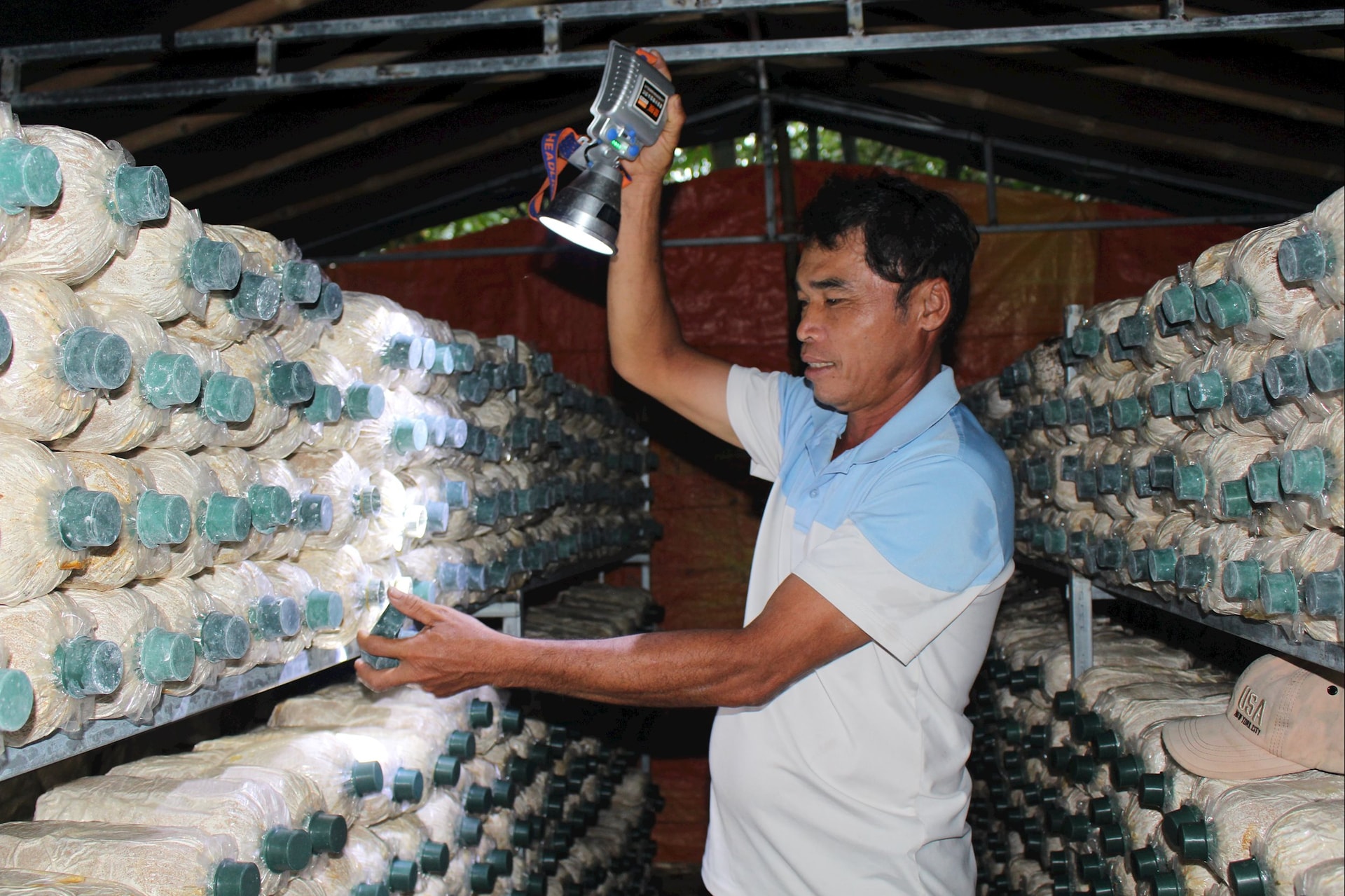
Currently, Mr. Tam is aiming for a circular economic model, utilizing waste straw from growing straw mushrooms as fertilizer for bamboo, and the harvested oyster mushroom spawn will be used to grow straw mushrooms. This method not only helps reduce production costs and protect the environment, but also creates a closed, sustainable farming chain right in the family garden.
Thanks to his creative approach, Mr. Tam's model of growing bamboo and mushrooms is not only economically effective but also aims at sustainable production. He also provides seedlings to people at a price of 25,000 VND/plant, contributing to the propagation of bamboo, a rare species in the locality.
For many years, Mr. Tam has been a typical example of a good farmer at all levels. The model of growing bamboo combined with mushroom farming not only opens up a new business direction for farmers in Ham Thuan commune but also demonstrates modern agricultural thinking, making the most of resources, reducing costs and developing in a circular and sustainable direction.
Mr. Tam is the only household growing bamboo in the locality and has demonstrated clear effectiveness. The Association is mobilizing members to learn this model, moving towards establishing a cooperative. The Association will propose to superiors to create conditions for the cooperative to access capital sources from the Farmer Support Fund, gradually improve production capacity, and move towards establishing a bamboo cooperative.
Mr. Nguyen Ngoc Hiep, Vice Chairman of Ham Thuan Commune Farmers' Association
Source: https://baolamdong.vn/trong-tre-nuoi-nam-huong-lam-nong-tuan-hoan-399456.html







![[Photo] President Luong Cuong receives US Secretary of War Pete Hegseth](https://vphoto.vietnam.vn/thumb/1200x675/vietnam/resource/IMAGE/2025/11/02/1762089839868_ndo_br_1-jpg.webp)


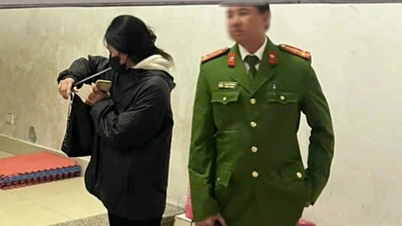



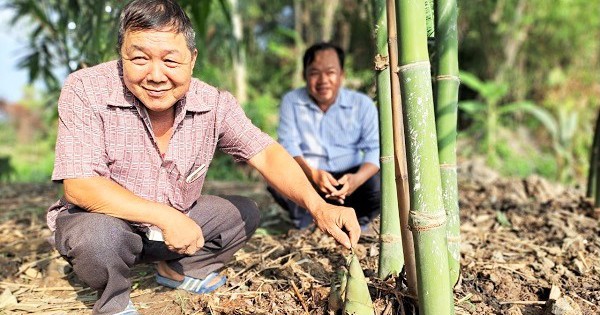
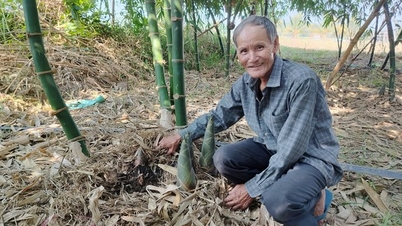
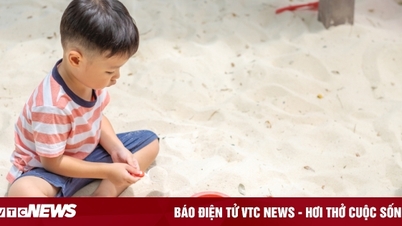

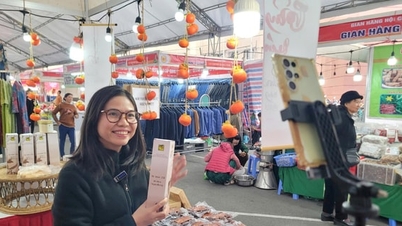






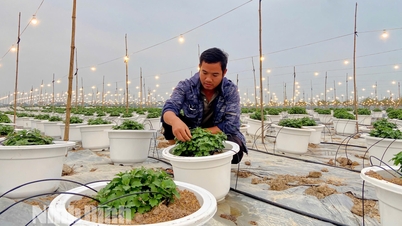

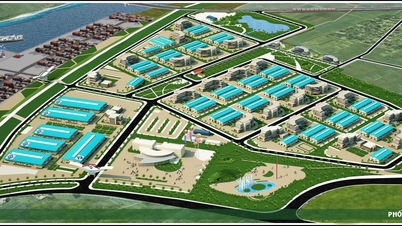





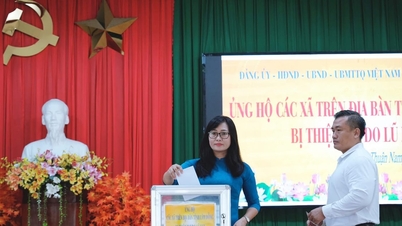


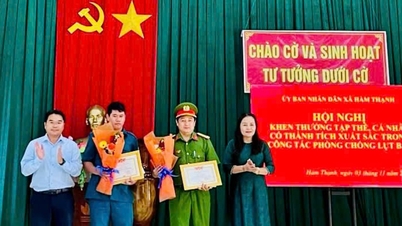



![[Photo] Lam Dong: Images of damage after a suspected lake burst in Tuy Phong](https://vphoto.vietnam.vn/thumb/1200x675/vietnam/resource/IMAGE/2025/11/02/1762078736805_8e7f5424f473782d2162-5118-jpg.webp)





















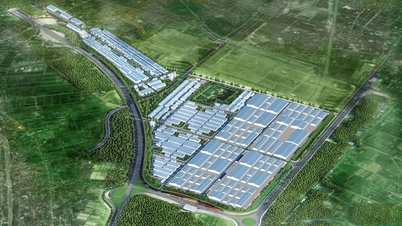
















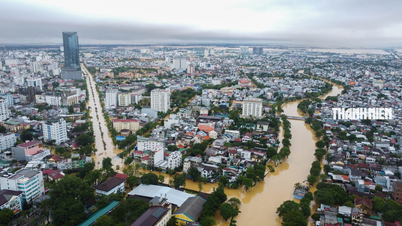




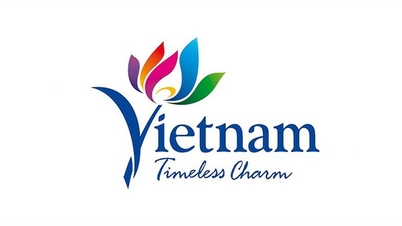











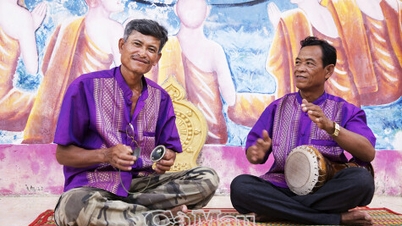
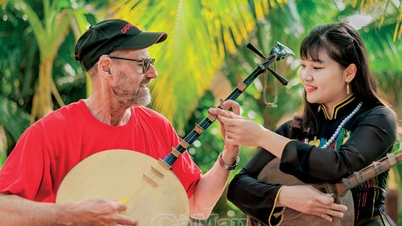















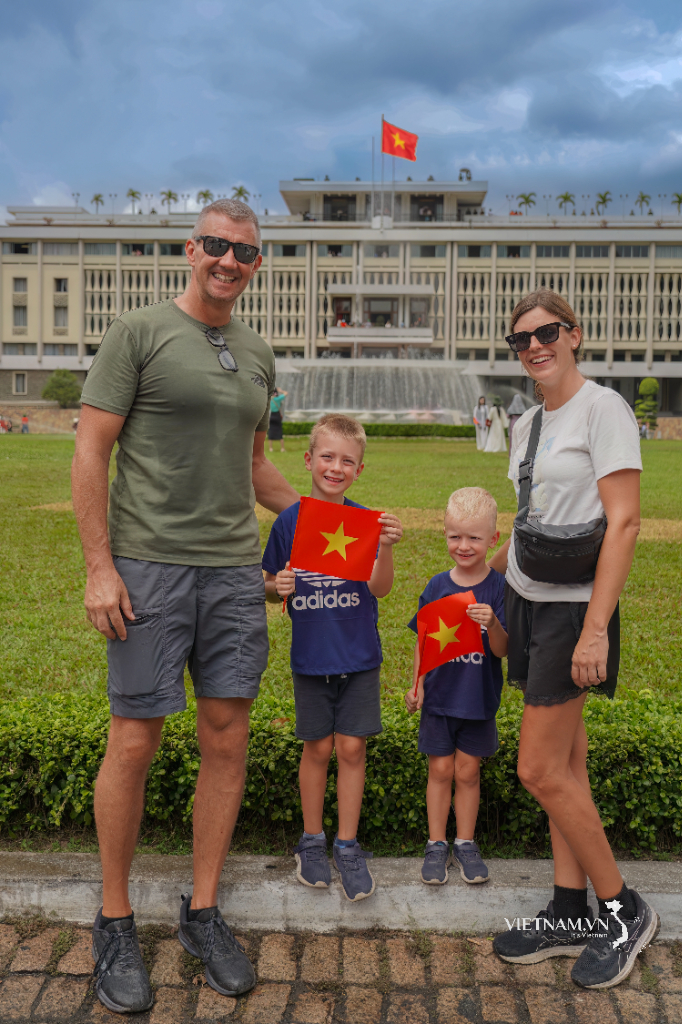

Comment (0)